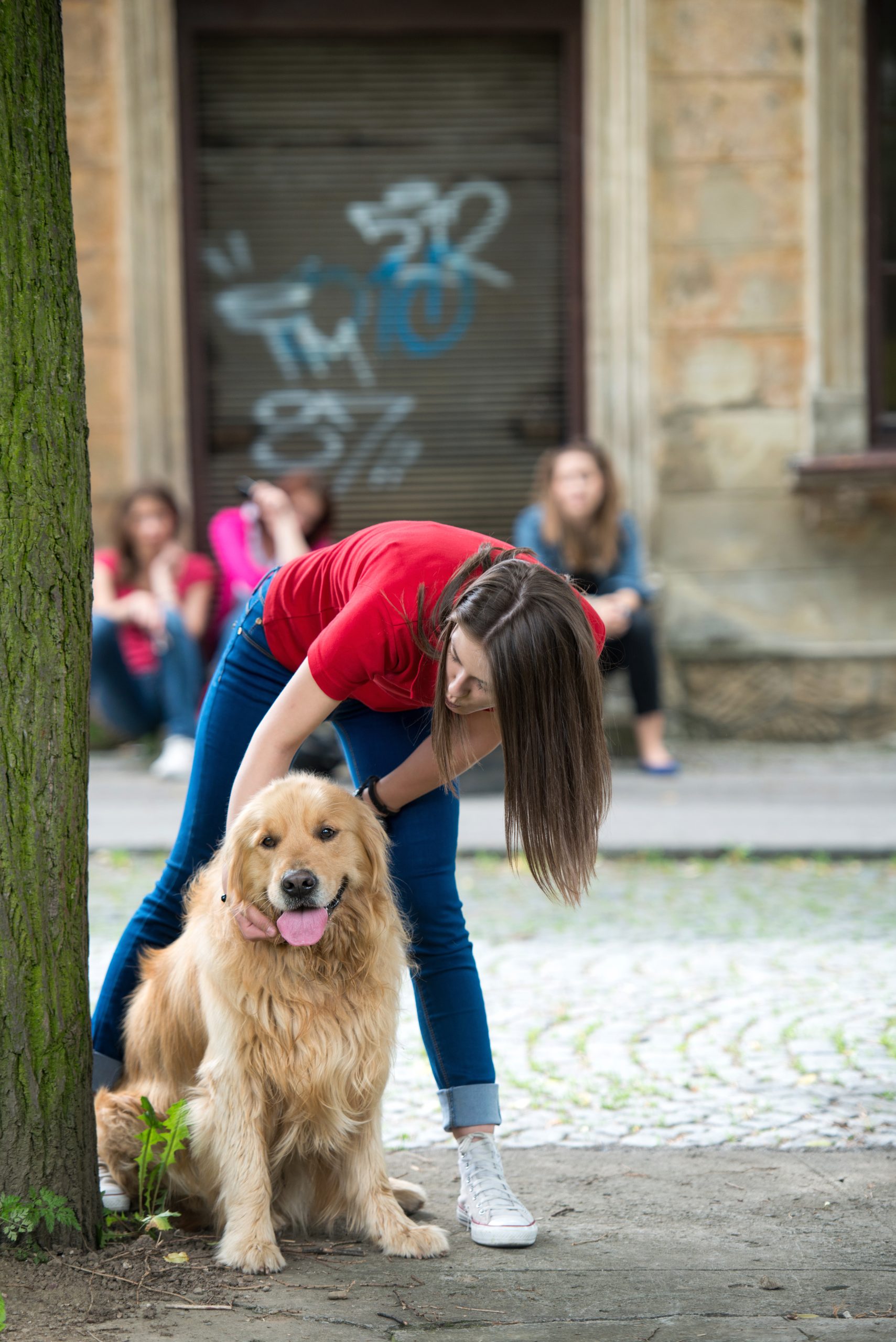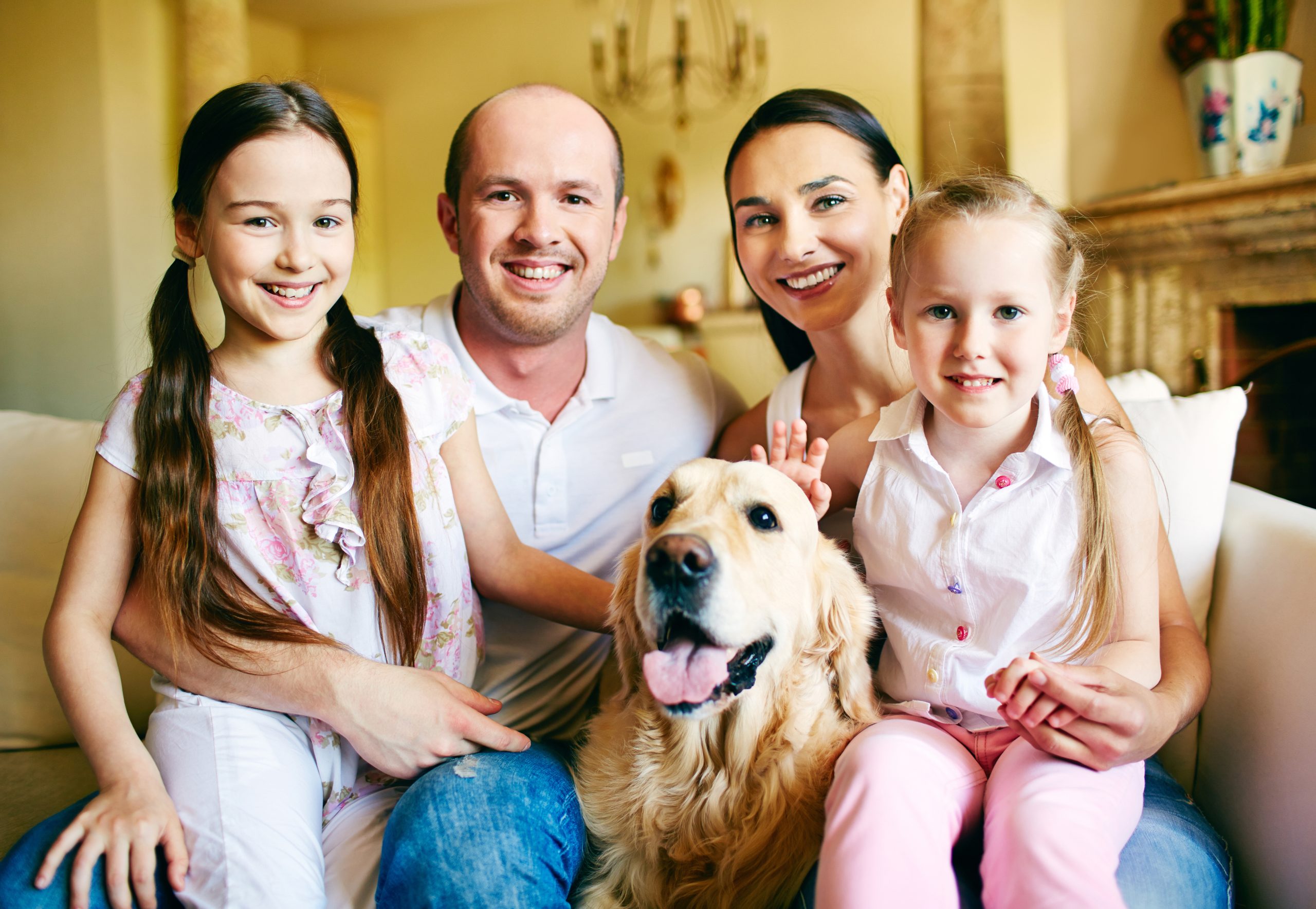Introduction to Indoor Puppy Training
If you’re reading this, chances are that you have recently welcomed a new puppy into your home. Congratulations! Puppies are adorable and full of energy, but they also require a lot of attention and training. We’ll take a closer look at the ins and outs of indoor puppy training – what it is, when to start, and how to do it effectively.
When should you start training your puppy?
The sooner you start training your pup, the better. It’s never too early to begin teaching them basic commands like “sit,” “stay,” and “come.” By starting young, you can prevent bad habits from forming and set your dog up for success later on in life. Plus, training your puppy indoors allows you to work on their behavior even if the weather outside isn’t cooperating.
The best way to potty train your pup in any space
Potty training is one of the most important aspects of raising a well-behaved dog. Luckily, there are several techniques you can use to train your pup to go to the bathroom inside. One popular method is crate training, which involves confining your pup to a small area (like a crate or pen) during the day while you’re away. This helps them learn where to go to relieve themselves and prevents accidents around the house. Another option is to take your pup outside frequently throughout the day to give them opportunities to eliminate. Consistency and patience are key when it comes to potty training.
Obedience training for your dog: the basics
Once your pup has mastered the basics of obedience training, such as sitting and staying, it’s time to move onto more advanced commands. Teaching your dog to come when called, heel on a leash, and respond to hand signals are all essential skills that will help you communicate with your furry friend effectively. Positive reinforcement is the best approach to obedience training; reward your dog for good behavior with treats, praise, or playtime.
How many days per week should you train your dog
It’s recommended to train your dog at least three to five times per week for short sessions (5-10 minutes). However, the frequency may vary depending on your schedule and lifestyle. If possible, try to incorporate training into your daily routine by practicing simple commands like sit and down before meals or walks.

What is the best puppy training method
There are numerous methods available for puppy training, including positive reinforcement, clicker training, and dominance-based approaches. While each technique has its benefits, positive reinforcement is generally considered the safest and most effective method. This approach focuses on using rewards (such as treats or verbal praise) to encourage desirable behaviors rather than punishing unwanted ones.
Stop your puppy from chewing things with these tips
Chewing is a natural behavior for dogs, but it can be frustrating when they destroy valuable items around the house. To prevent destructive chewing, make sure your pup has plenty of appropriate chew toys to keep them occupied. You can also teach them not to chew on certain objects by providing consequences (like saying “no” firmly) when they misbehave. Crate training can also help reduce chewing since boredom often leads to destruction.
Conclusion and final thoughts on indoor puppy training
Raising a well-behaved pup requires dedication and consistency. With proper training, your dog can become an integral part of your family and bring joy to everyone around them. Remember to always practice positivity and patience when working with your four-legged companion. Good luck!

People Also Ask
What is Introduction to Indoor Puppy Training and how does it work?
At its core, Introduction to Indoor Puppy Training refers to the process or practice of Introduction to Indoor Puppy Training in a defined context. In a simple project you might allocate 5–10 hours to learn and experiment with basic techniques. For example, someone starting out could focus on one key activity and measure how it improves their results. Understanding these mechanics helps you plan budgets, pick tools, and set realistic expectations.
How do you get started with Introduction to Indoor Puppy Training?
- Research at least two reputable sources to learn the fundamentals of Introduction to Indoor Puppy Training.
- Gather essential materials and set a small budget (for example, $50) for supplies.
- Create a step-by-step plan and dedicate 30 minutes each day to practice.
- Track your progress in a journal or spreadsheet and adjust based on what you learn.
What tools or supplies do you need for Introduction to Indoor Puppy Training?
Most projects involving Introduction to Indoor Puppy Training require a handful of basic tools. A beginner should obtain at least three of the following: a measuring tape or ruler, a reliable container or workspace, and a notepad or digital app for tracking data. Depending on your focus, you might also need a timer or specific handheld tools like a trowel or screwdriver. Starting with these essentials keeps costs manageable and lets you focus on technique.